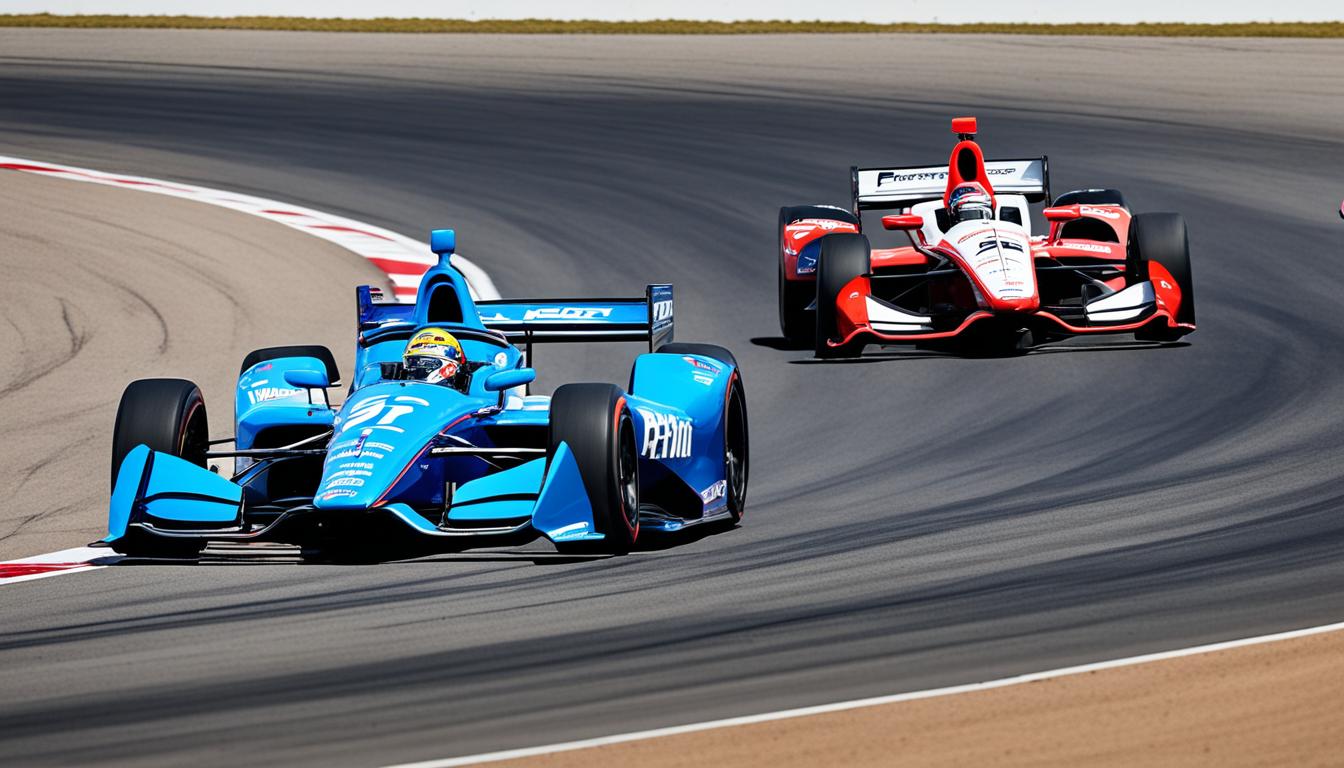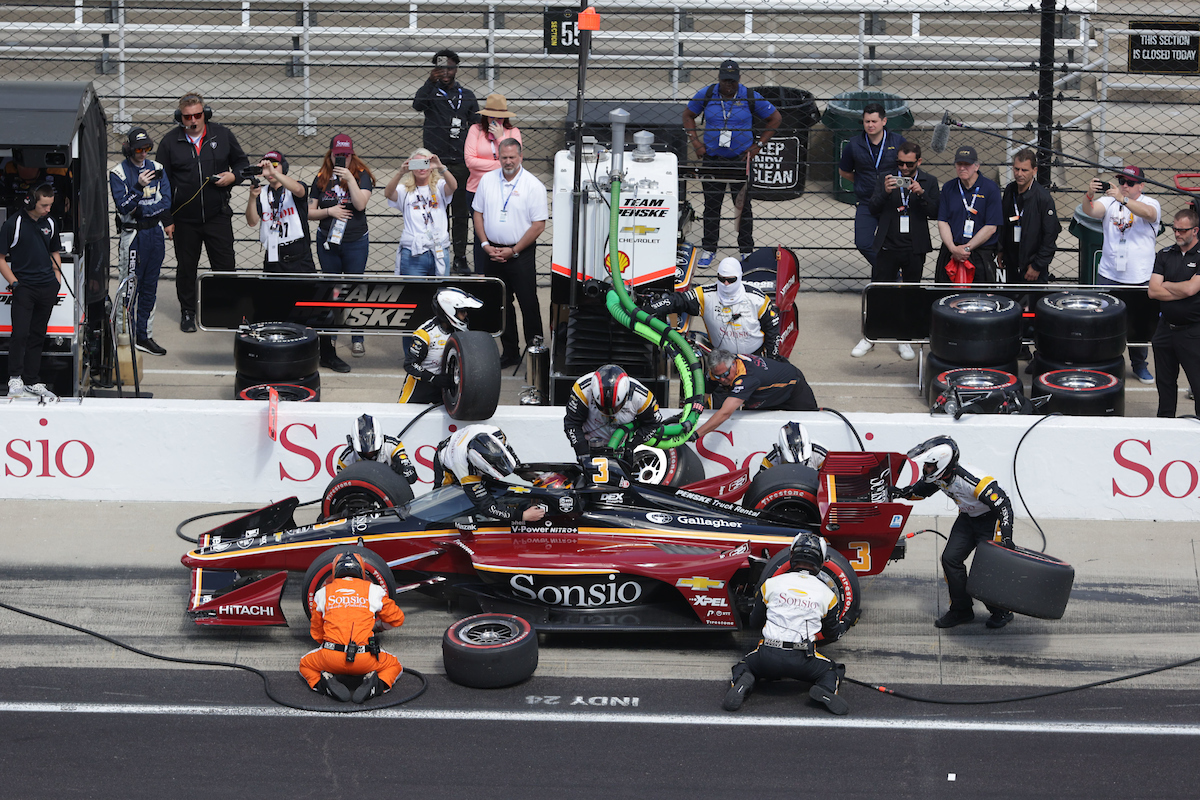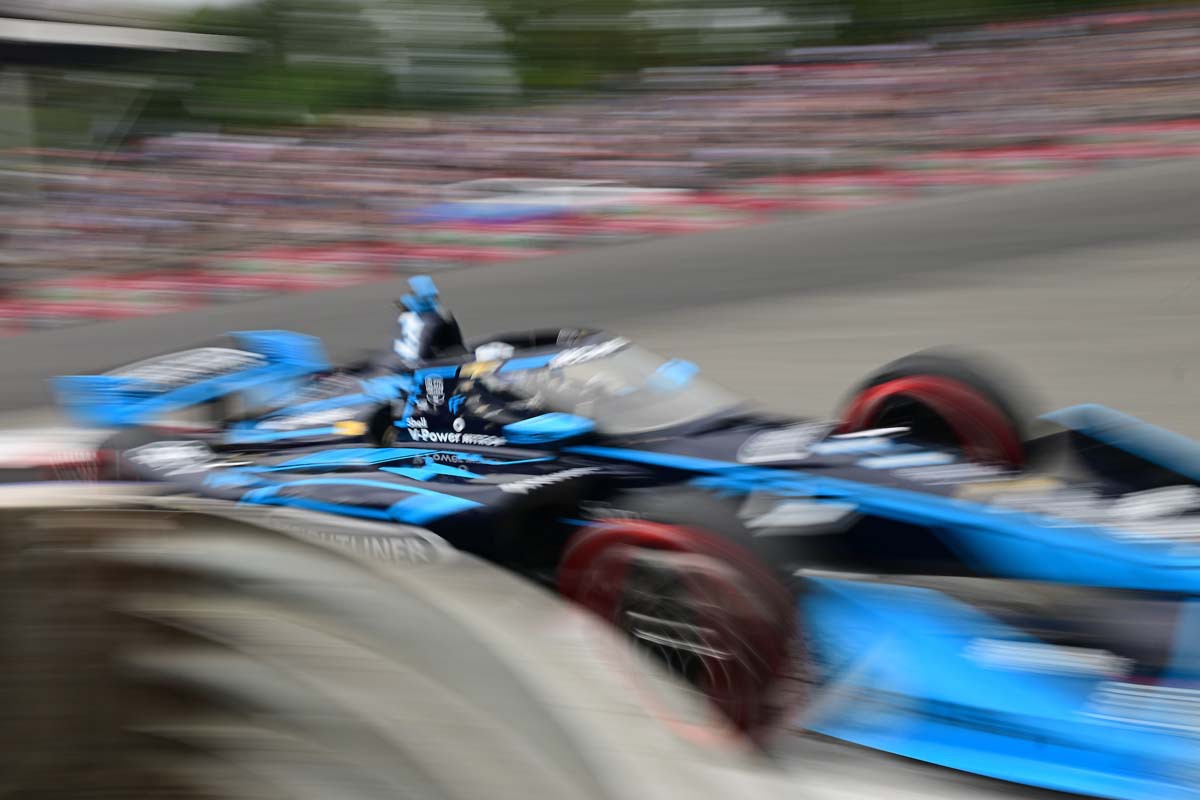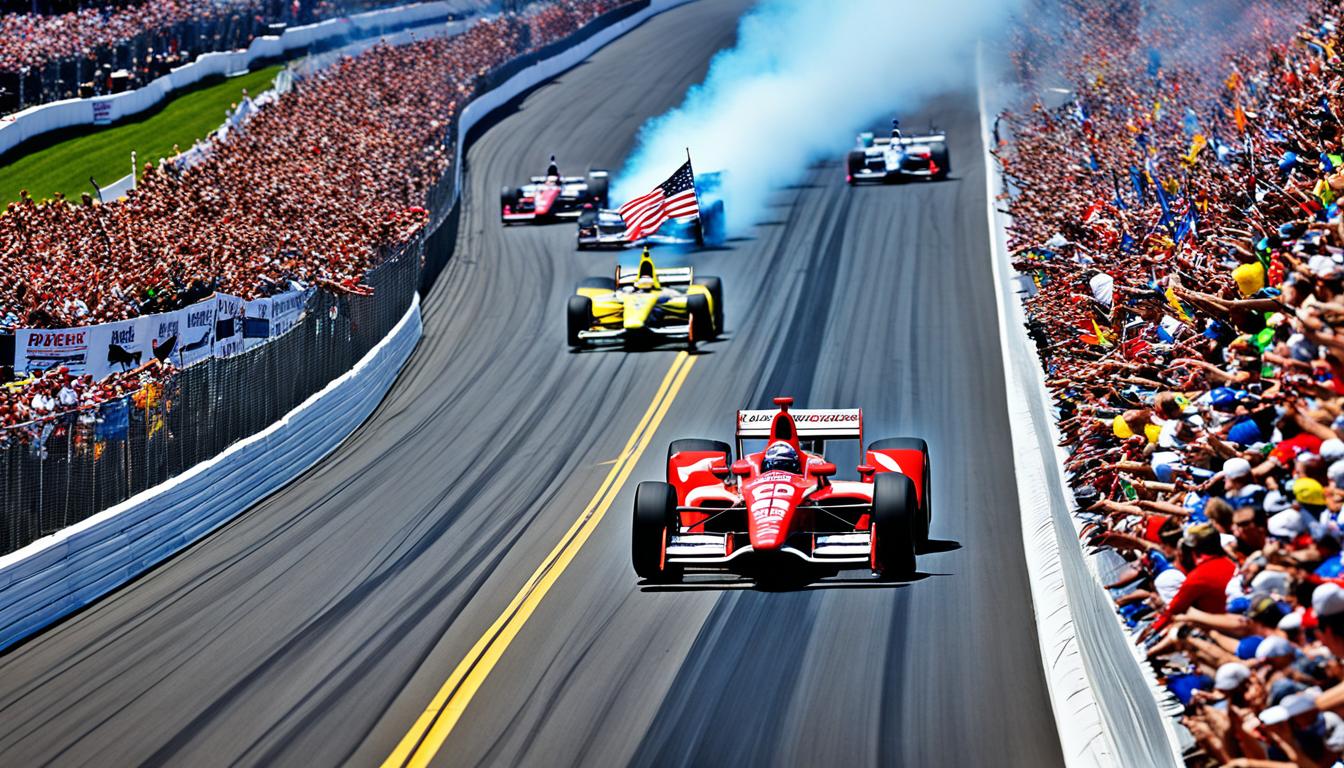What Fuel Do IndyCars Use?
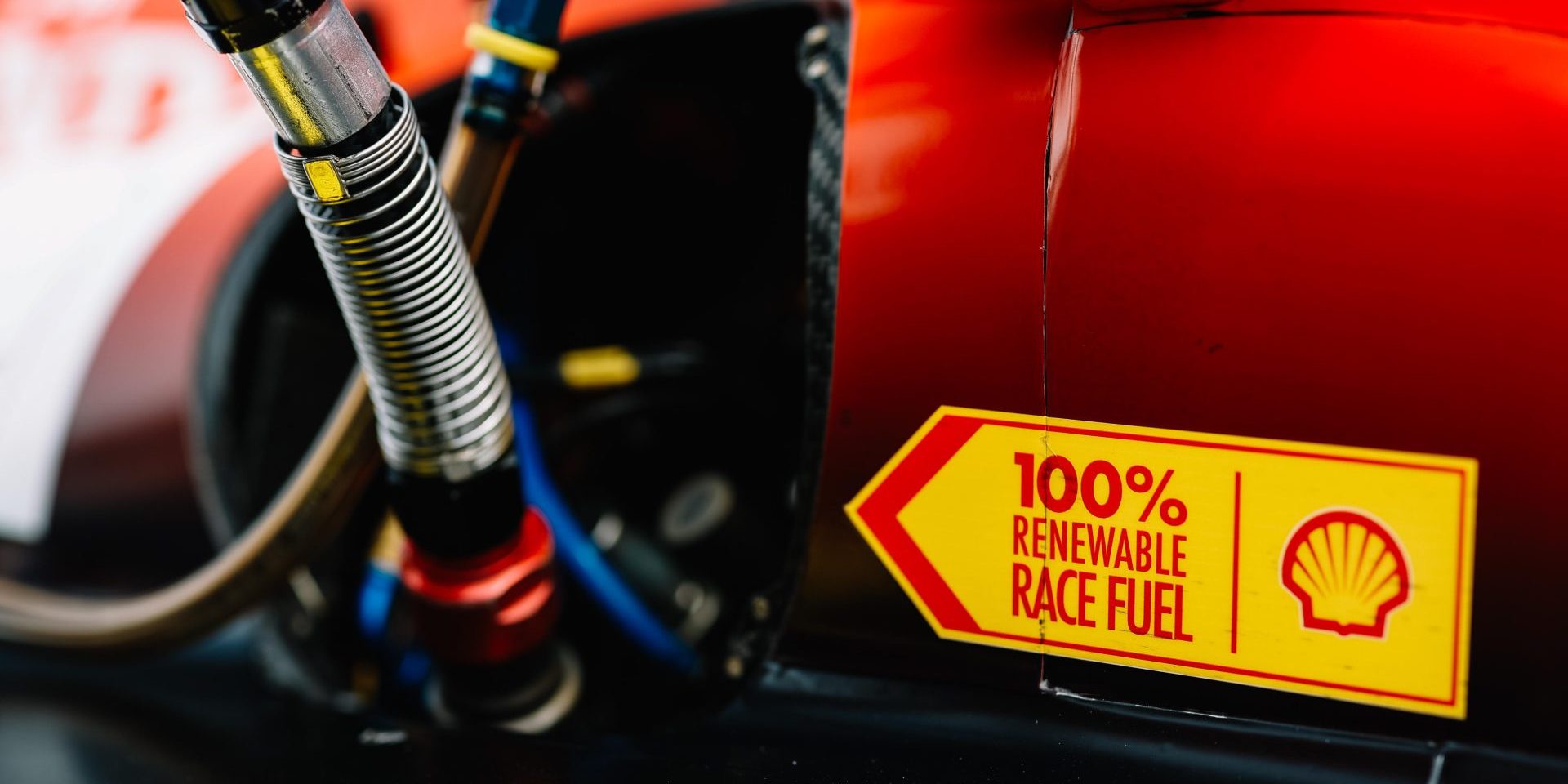
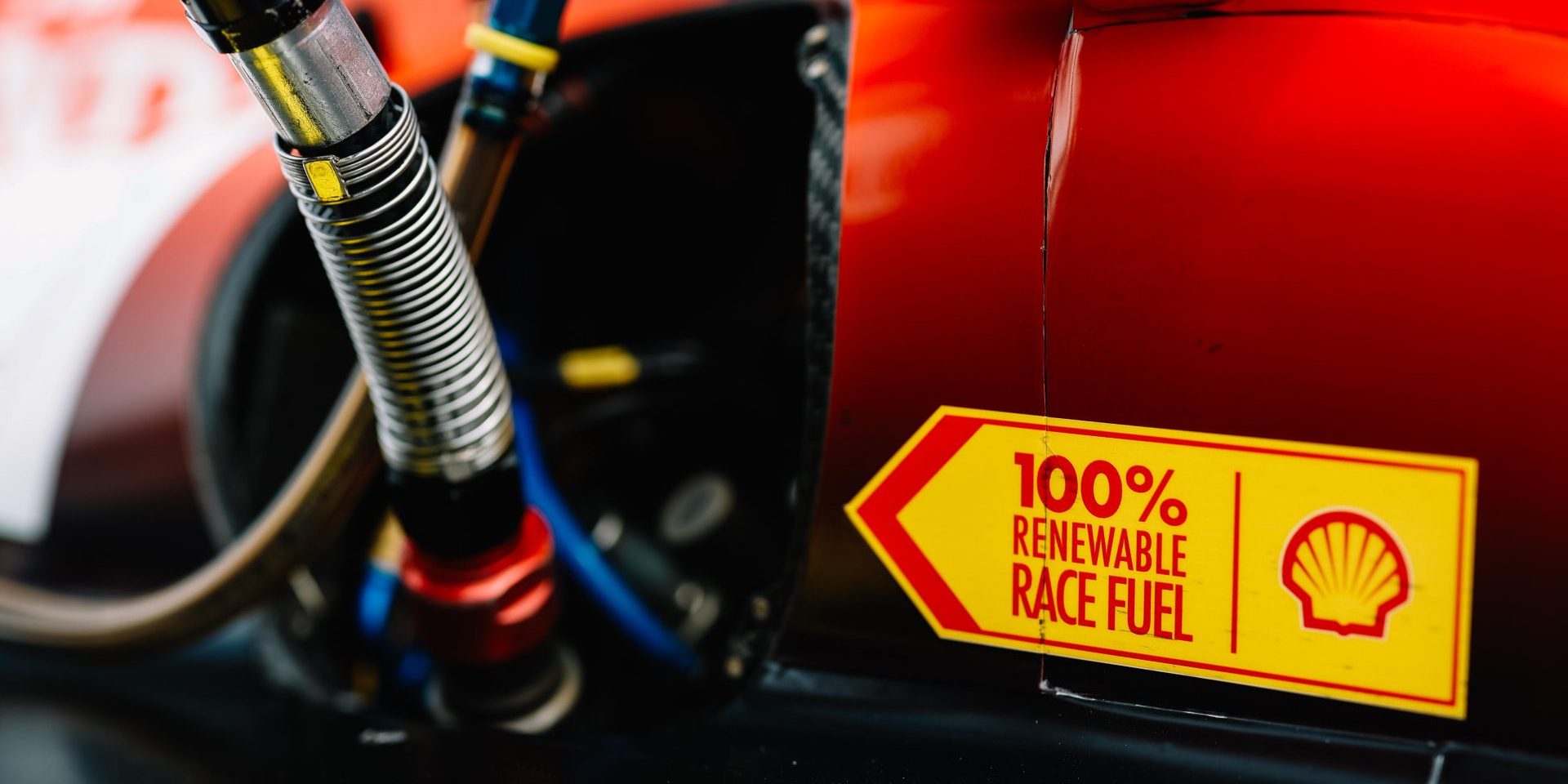
IndyCars use a specialized fuel blend to power their high-speed races. This blend, known as E85, is comprised of 85% ethanol—a renewable energy source produced from corn—and 15% high-octane racing gasoline. Ethanol is favored for its environmental benefits and its ability to enhance the safety of motorsports due to its less volatile nature compared to pure gasoline.
In a major step towards sustainability, the IndyCar Series has transitioned to using a 100% renewable race fuel. Developed by Shell, this fuel is sourced from second-generation ethanol, which is derived from sugarcane waste and other renewable biofuels. This advancement positions the series as a leader in environmental consciousness within American motorsports by significantly reducing greenhouse gas emissions that are typically associated with racing.
With the introduction of this renewable fuel, IndyCar not only takes a stride in reducing the environmental impact of racing but also exhibits a commitment to innovation and ecological responsibility. This move is part of a larger trend within the racing community to increase the sustainability of every aspect of the sport, from the fuel to the vehicles and the events themselves.
Table of Contents
Fuel Composition in IndyCar Racing
IndyCar racing has made significant advancements in fuel technology, primarily focusing on ethanol usage and exploring renewable sources to power its high-performance vehicles.
Ethanol as a Primary Component
Ethanol, a type of biofuel, has been an integral part of IndyCar racing for years. Initially, the series employed E85, a blend with 85% ethanol, to improve sustainability and safety. Ethanol enhances combustion efficiency and reduces emissions, making it a favorable choice for this high-speed sport.
Renewable Fuel Sources
IndyCar embarked on an ambitious step in 2023, transitioning to a fuel comprised entirely of renewable sources. This innovative blend includes second-generation ethanol, derived from sugarcane waste, which is both a more sustainable and eco-friendly option. These advancements position IndyCar at the forefront of utilizing renewable energy in motorsport racing.
Environmental Impact and Sustainability
The IndyCar series is actively taking steps to reduce its environmental impact and embrace sustainability. With the introduction of renewable fuels and collaborative efforts with partners, IndyCar aims to significantly cut down greenhouse gas emissions and work towards a more sustainable future in motorsport.
Reducing Greenhouse Gas Emissions
The shift to biofuels, specifically ethanol made from sugarcane waste, is a significant move by IndyCar to lower its carbon footprint. Biofuels are a key component in the strategy to decarbonize the racing industry, as they can reduce greenhouse gas emissions by at least 60% compared to traditional gasoline.
Initiatives for Cleaner Racing
IndyCar’s sustainability initiatives extend to the use of renewable energy sources in operations both on and off the track. Nature-based solutions projects and the increased use of electric and renewable-diesel-powered vehicles for logistics showcase a commitment to cleaner racing practices and reducing the overall carbon footprint of the series.
Partnerships for Sustainable Fuel
Collaboration is crucial in developing and implementing sustainable solutions, and IndyCar has partnered with Shell to introduce a 100% renewable race fuel. This partnership reflects a larger strategy to integrate sustainability into the core of IndyCar operations and engage with stakeholders who share a similar commitment to the environment.
Technical Aspects and Performance
This section covers the evolution and specific characteristics of fuels used in IndyCar engines and how these fuel types affect car performance.
IndyCar Engine Requirements
IndyCar engines are designed for high performance and efficiency. Engine manufacturers like Chevrolet and Honda create engines that must adhere to strict regulations while maximizing power output. These are 2.2-liter V6, twin-turbocharged engines and rely on high-octane racing fuel. In the search for greener alternatives, recent developments have seen the adoption of E85 fuel, a blend that includes 85% ethanol.
Impact on Racing Performance
The transition to ethanol-based fuels, in particular, E85, and an eventual shift to fully renewable sources, has direct implications for racing performance. Ethanol can improve combustion efficiency and has a higher octane rating, which allows for increased engine compression and more power. Teams meticulously test fuel formulations to balance fuel economy with peak performance. This balancing act is fundamental for strategy during races, as fuel economy can influence pit stop frequency and overall race tactics. The continuous innovation in fuel technology demonstrates IndyCar’s commitment to enhancing performance while considering environmental impacts.
Partnerships and Future Developments
Partnerships with key energy companies and the drive for carbon-neutral racing are defining the future of IndyCar fuel technology.
Collaborations with Energy Companies
IndyCar has forged significant relationships with energy corporations like Shell to develop advanced racing fuels. Shell, through a partnership with IndyCar, introduced a 100% renewable race fuel for the 2023 season. This collaboration signifies a crucial development in racing fuel technology, demonstrating a combined commitment to innovation and decarbonization. Shell’s fuel contains second-generation ethanol sourced from sugarcane waste, in partnership with companies such as Cosan and Raízen. Such joint ventures are strategic moves, positioning both Chevrolet and Honda — the two engine manufacturers in the series — to make a pronounced shift towards environmentally conscious racing.
Toward Carbon-Neutral Racing
Pursuing carbon neutrality, IndyCar aligns with global decarbonization goals. The series is transitioning into an era where traditional fossil fuels are replaced by renewable energy sources, including biofuels and potentially electric powertrains. This transition is supported by organizations like Penske Corporation and Penske Entertainment, entities keen on reducing the environmental footprint of motorsports. The introduction of renewable fuels and ongoing discussions about electric vehicles stand as significant strides toward a future where IndyCar could potentially operate with a carbon-neutral status. To achieve this, energy partnerships and technological developments continue to be fundamental in shaping a more eco-friendly approach to the sport.
IndyCar Fuel Type Frequently Asked Questions
Q: What type of fuel do IndyCars run on?
A: IndyCars run on a specialized blend of 85% ethanol and 15% gasoline.
Q: Why use ethanol in IndyCars?
A: Ethanol is a renewable fuel source that emits less greenhouse gases, making it a more environmentally friendly option for IndyCar racing.
Q: How much fuel do IndyCars use in a race?
A: IndyCars typically consume around 2.5 gallons of fuel per mile, with a 40-gallon fuel tank that can last up to 150 miles.
Q: Do IndyCars have different fuel options depending on the race track?
A: No, IndyCars use the same standardized fuel blend for all races to maintain a level playing field and ensure fair competition.
Q: Are there any performance differences between ethanol and gasoline-powered IndyCars?
A: While ethanol may not provide the same top speed as gasoline, it offers other benefits such as higher torque and more consistent engine performance throughout a race.






